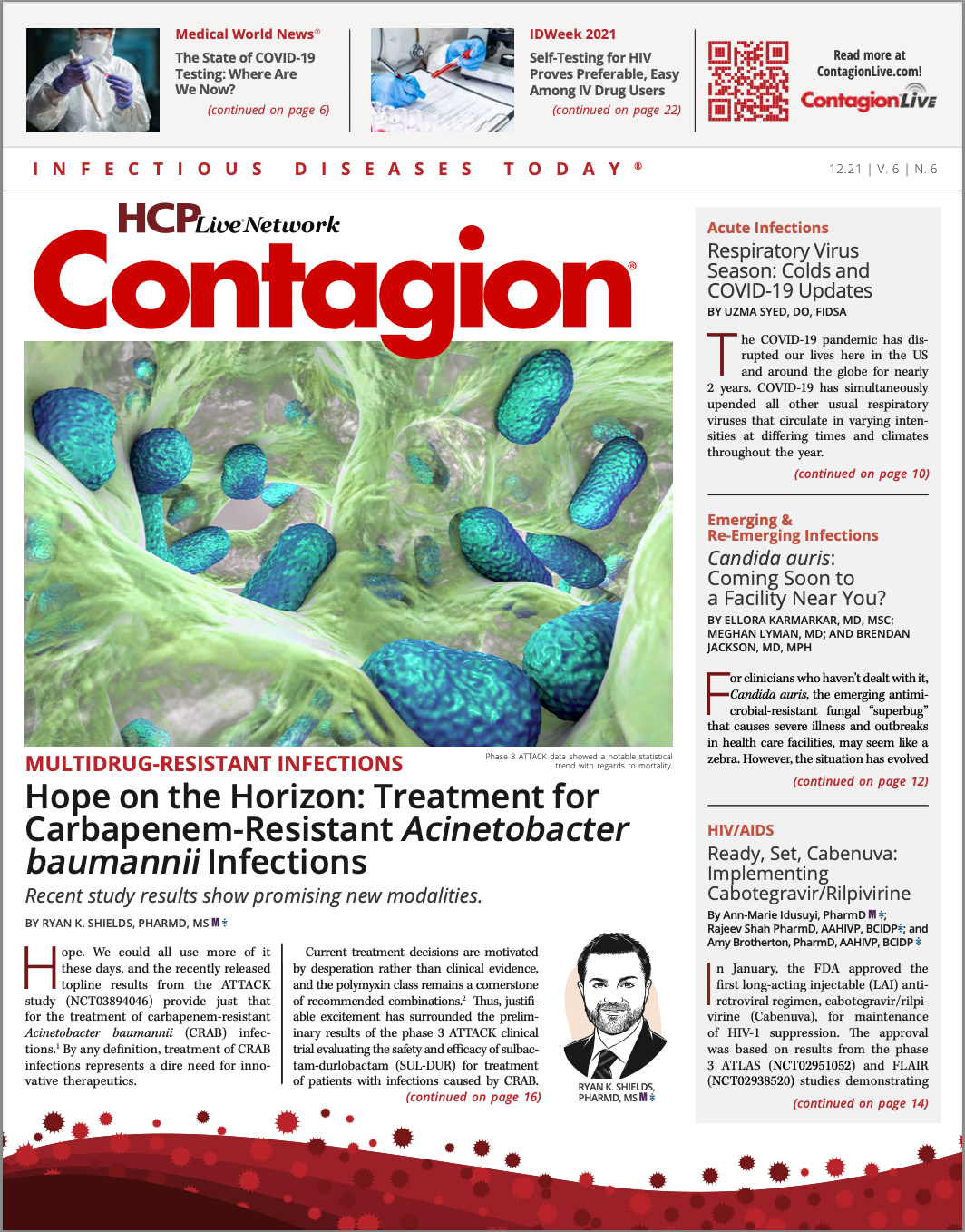COVID-19: Year 2 in Review
A reflection on the wins and setbacks in the second year of our pandemic, 2021.
Two years. It has been 2 years since the world learned about a novel coronavirus causing pneumonia in Wuhan, China. That’s it—only 2 years! As I write this, the news cycle has turned grim again with a focus on the Omicron variant of concern and the many unknowns that it presents. Some people are asking if we are starting all over again. We aren’t—and I thought it is worth a brief review of how far we have come in that time.
When 2020 started, SARS-CoV-2 and the disease it caused didn’t have names. It was quickly determined that it spreads from person-to-person, but the mode of transmission was unknown. Tests for detecting SARS-CoV-2 were initially fumbled in the US, then developed and implemented across laboratories. Testing capacity was limited and many cases were diagnosed without laboratory confirmation. Repurposed medications were tried as therapeutics but most failed.
There were some therapeutic highlights for the treatment of hospitalized patients. Remdesivir and baricitinib received Emergency Use Authorizations (EUA) and remdesivir was eventually FDA-approved, though it did not demonstrate a mortality benefit.
In 2021, multiple vaccines became available and have since been given to most eligible Americans. Further research led to the discovery of the roles of IL-6 antagonists and tofacitinib for inpatients with severe COVID-19. Outpatient therapies with monoclonal antibodies were developed, giving clinicians needed options to prevent hospitalizations and death for people not sick enough to require admission. Booster vaccine doses were studied, evaluated, and recommended, including heterologous combinations that improve responses for patients receiving some vaccines.
Testing capacity issues have mostly resolved, and while cost remains an issue, at-home rapid antigen tests allow people to self-test, empowering decision-making to help us protect each other. Finally, oral regimens are becoming available, with 2 oral antivirals possibly being authorized and promising data around fluvoxamine, an inexpensive, widely available generic medication.
We are not starting over again. We know so much more now. As a respiratory virus that is transmitted by aerosols, we know that ventilation and masking decrease SARS-CoV-2 infections. Contact transmission is either extremely rare or absent, and we aren’t wiping down pizza boxes with sanitizer anymore (was it just me?). The Delta variant and its increased transmissibility was a big shock to our system, but our vaccines and therapeutics held.
Omicron and future variants will not eliminate all of our previous gains. In their quest to replicate and spread, viruses mutate. New variants are inevitable. Complete immune escape may not be an impossibility, but it is an unlikely one. Large portions of the population have some degree of immunity through either vaccination or infection. In a worst-case scenario, new mRNA vaccines can be quickly developed, but for now let’s turn our focus to addressing the problem that is most likely to keep us in this mess: improving vaccine equity worldwide. The latest variant is only the most recent and will be followed by others until we vaccinate the world.

